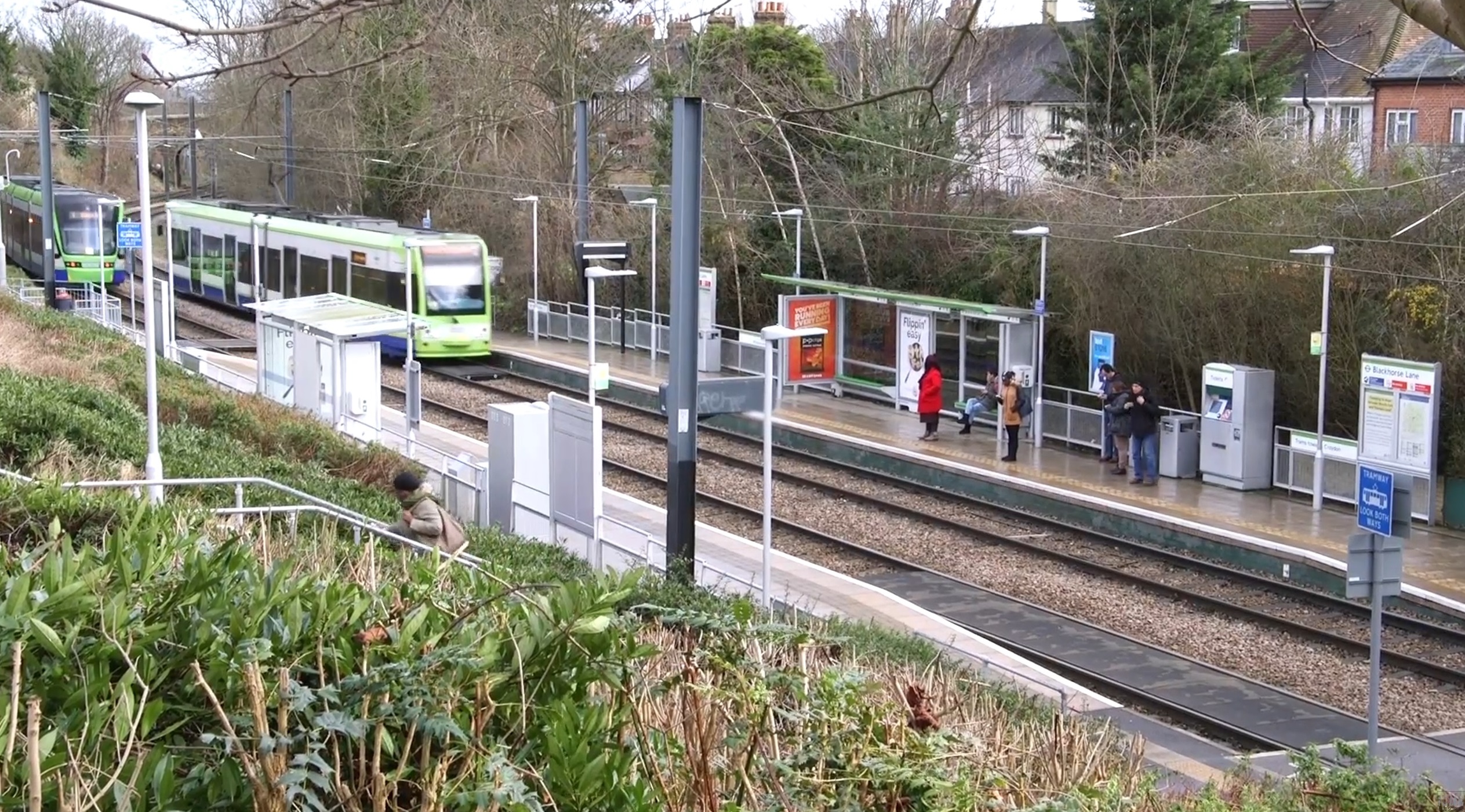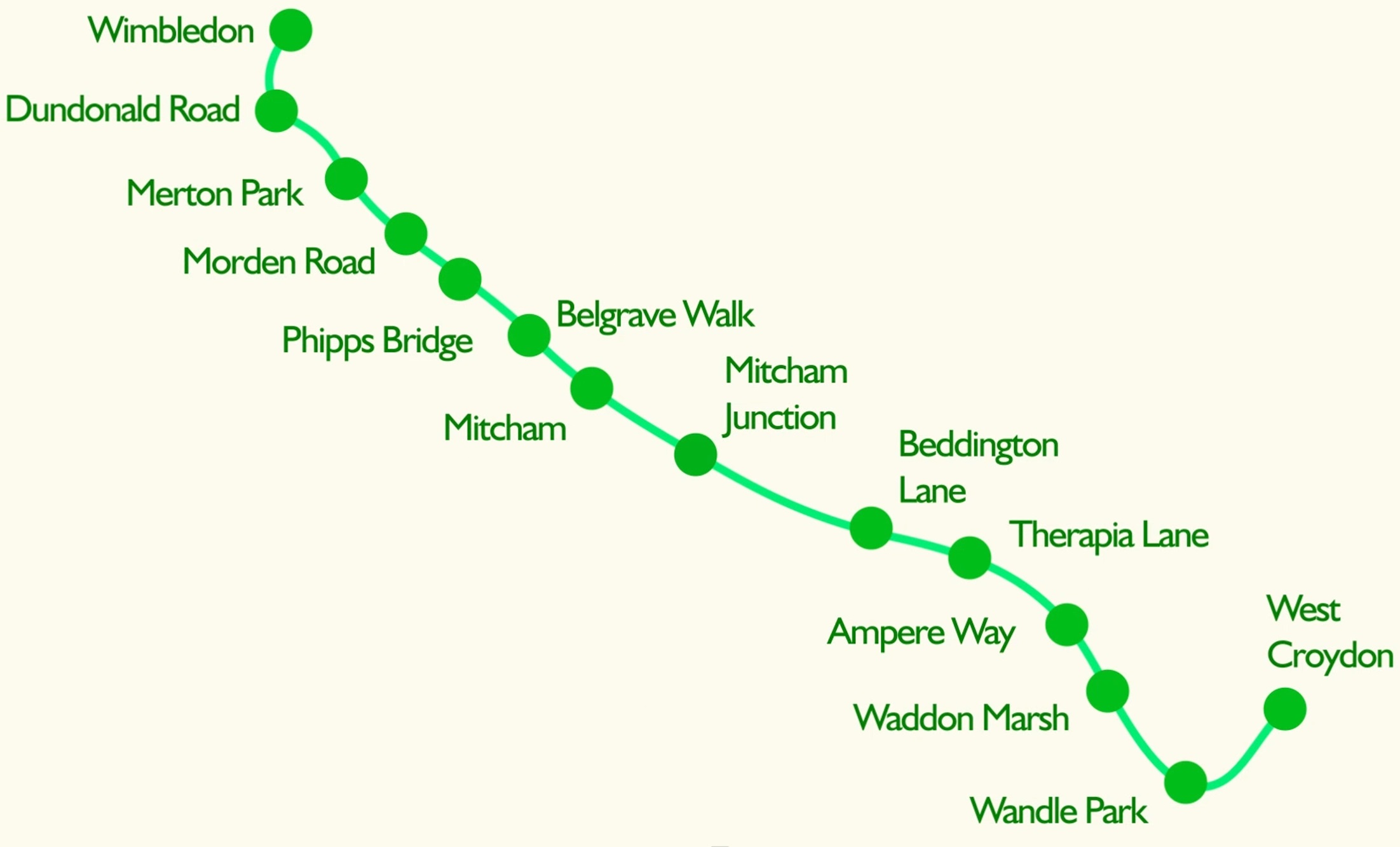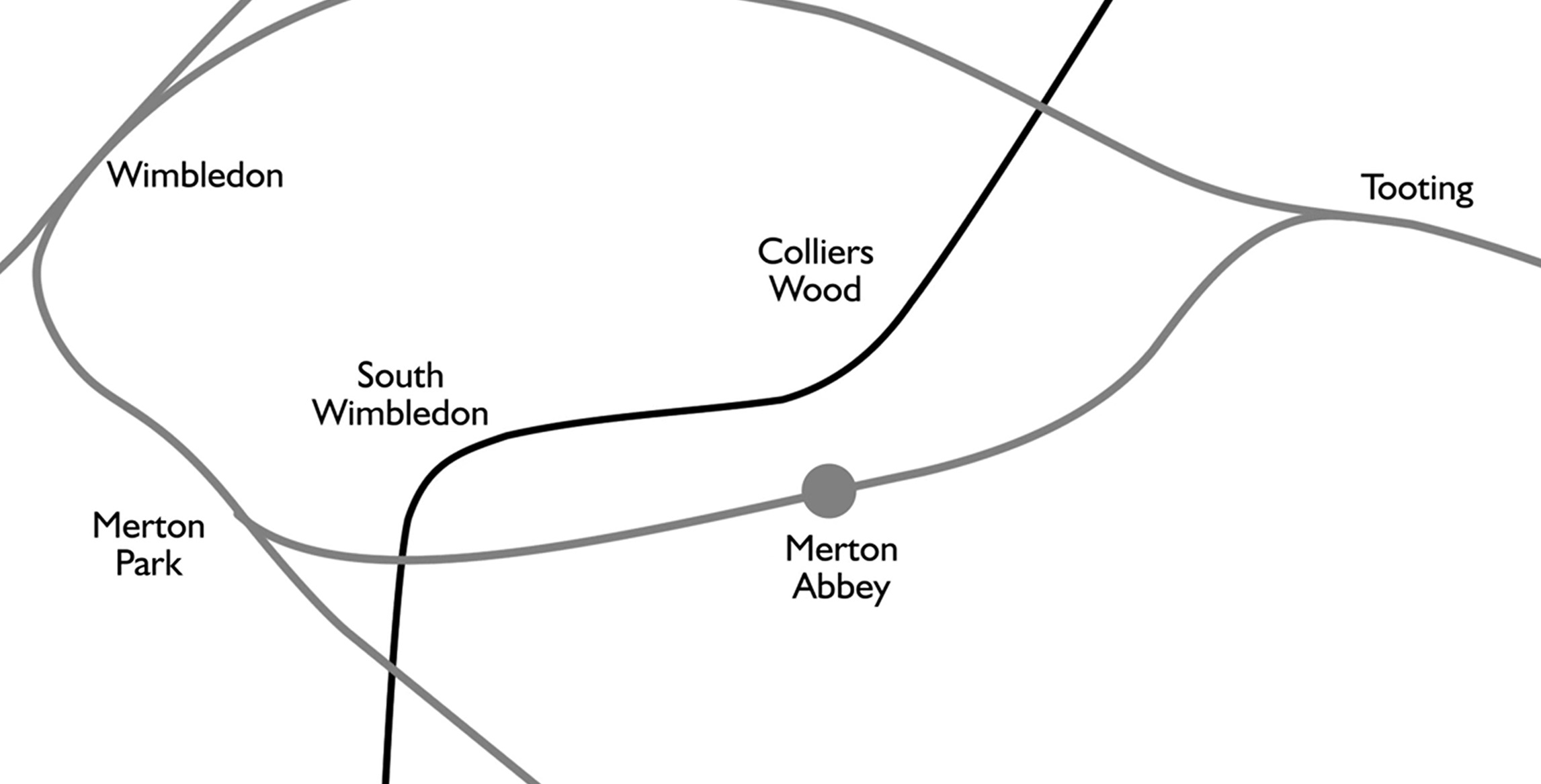Posts: 6,905
Threads: 32
Joined: Oct 2014
Reputation:
224
I'd say "a bit cheaper", not "far cheaper".  Youre spot-on about propitiatory technology, though. It's a real shame though because it's an incredible step forward and, to me, sort of removes one of the primary points detractors often use when critiquing Light Rail as a technology choice.
I hate seeing great technology and innovation get stuck because of procurement problems.
Posts: 262
Threads: 3
Joined: Aug 2014
Reputation:
22
This is a good example of how we get into some of these technology and mode arguments.  Catenary free systems are a young technology and when I look at them, my gut reaction is that I'm glad this region didn't try to be so innovative. But that isn't to say I don't think they're cool! The recent French catenary-to-ground-power switchover video I saw (was it posted here?) was a cool example of how to use the technology to reduce clutter in a confined downtown. But while Canard is frustrated at things like this getting "stuck" I'm happy we didn't touch them.
Why? I'm familiar with the challenges and obstacles of change, and despite our local reputation for innovation, I think we (on WRC) sometimes forget that this is a fairly small north american city without a rich transit history: we're already biting off a huge chunk of change and that's a big part of the opposition and dubiousness shown towards ION. So for me, seeing the region focus on a very vanilla, off-the-shelf LRT system, with dedicated right of way, makes me happy. I can forgive a lot for that: no green ways, no catenary free systems, no above or below grade operations. Because, hell: we're actually building it, and the odds were against that ever happening.
But it's important to recognize the difference between that conservatism, and recognizing the value of some really cool new technologies out there. There'll be idealists (hi Canard) and pragmatists always butting heads. Idealists need to remember the value of a bird in the hand. Pragmatists need to give themselves permission to dream, and not beat the idealists down too hard.
Posts: 744
Threads: 2
Joined: Aug 2014
Reputation:
11
02-08-2016, 03:22 PM
(This post was last modified: 02-08-2016, 03:22 PM by mpd618.)
I think it would help quite a bit if the industry came together to develop a single standard for catenary-free LRT. It would ultimately help sell more LRT systems.
Posts: 2,015
Threads: 11
Joined: Oct 2014
Reputation:
77
I have to agree with Zanate. Being on the bleeding edge, even for an innovative and forward thinking area such as the region, has its draw-backs. A proven system was the way to go.
Although wouldn't it be in Bombardier's interest to offer to install a section of track and a few test stations along the Ion route and lend us a catenary free Flexity Freedom that they can then point to and say, "look it is being used in the real world in real conditions."
Everyone move to the back of the bus and we all get home faster.
Posts: 1,460
Threads: 5
Joined: Sep 2014
Reputation:
40
(02-08-2016, 03:22 PM)mpd618 Wrote: I think it would help quite a bit if the industry came together to develop a single standard for catenary-free LRT. It would ultimately help sell more LRT systems.
How long have we waited for global, single standard for electrical outlets and associated power grids?
Posts: 744
Threads: 2
Joined: Aug 2014
Reputation:
11
(02-09-2016, 09:58 PM)nms Wrote: (02-08-2016, 03:22 PM)mpd618 Wrote: I think it would help quite a bit if the industry came together to develop a single standard for catenary-free LRT. It would ultimately help sell more LRT systems.
How long have we waited for global, single standard for electrical outlets and associated power grids?
Cities don't really have a choice as to whether you use outlets and power grids. But cities do have a choice about whether they decide to build a light rail system. If the catenary makes a difference as to the attractiveness of the technology relative to other choices or the do-nothing option, then having a single global standard for catenary-free LRT could help the industry (Bombardier, Alstom, Siemens, Stadler, etc.) sell more product.
Posts: 419
Threads: 1
Joined: Jun 2015
Reputation:
32
(02-09-2016, 09:58 PM)nms Wrote: (02-08-2016, 03:22 PM)mpd618 Wrote: I think it would help quite a bit if the industry came together to develop a single standard for catenary-free LRT. It would ultimately help sell more LRT systems.
How long have we waited for global, single standard for electrical outlets and associated power grids?
Well, a single standard might be a bit much to ask because of the infrastructure investment in 230/120.
Consolidation of plugs within service is underway, especially in Europe where (since plugs and outlets were and are considered to be national matters) the high density of countries per square km makes this problem a lot more noticeable than here.
As for 120 service, IEC 60906-2 codified the supremacy of the (inferior) NEMA5-15. (at least it's better than unpolarized NEMA1, but I could really go for insulated pins and firmer connections so I don't have to worry about shorting across the pins when something inevitably falls halfway out of a socket)
Convenient Wikipedia link
Posts: 698
Threads: 16
Joined: Sep 2014
Reputation:
17
Obligatory XKCD cartoon on standards:
![[Image: standards.png]](http://imgs.xkcd.com/comics/standards.png)
Posts: 6,905
Threads: 32
Joined: Oct 2014
Reputation:
224
02-10-2016, 02:45 PM
(This post was last modified: 02-10-2016, 03:06 PM by Canard.)
Both Alstom and Bombardier have contactless (inductive) power transfer systems, and they've worked together on projects in the past - so it's not so inconcievable that they would eventually form one in the best interests of everyone.
Translohr (Lohr Indistrie) does it with batteries for short spans (Padova).
http://www.railengineer.uk/2012/11/28/tr...out-wires/
Sorry - wow. Didn't realize Alstom's system was contact based. Jeez! Inductive is the way to go, for sure.
Posts: 430
Threads: 2
Joined: Jun 2015
Reputation:
50
(02-11-2016, 12:40 AM)BrianT Wrote: This one in Reims France changes from catenary to third rail on the ground, when it is entering historic downtown areas. See the changeover at about 2.50 minutes in the video. https://www.youtube.com/watch?v=DVi6YK1YOQE
7:30 shows it better, I think. They use this system with Alstom Citadis trams.
Posts: 4,371
Threads: 15
Joined: Aug 2014
Reputation:
120
03-04-2016, 10:02 AM
(This post was last modified: 03-04-2016, 10:03 AM by KevinL.)
This is more about the route and features around South London's Tramlink service, but their Bombardier CR4000 and Stadler Rail Variobahn trains feature as well:
Posts: 6,905
Threads: 32
Joined: Oct 2014
Reputation:
224
Thanks - that was great!
This stop reminds me so much of our R&T Park stop:

These stop names could not be more British if they tried:

Posts: 6,905
Threads: 32
Joined: Oct 2014
Reputation:
224
I take that back:

Posts: 4,371
Threads: 15
Joined: Aug 2014
Reputation:
120
03-29-2016, 08:27 PM
(This post was last modified: 03-29-2016, 08:28 PM by KevinL.)
Another new LRT system on its way, just in time for their Olympics: Rio de Janeiro.
The trains are by Alstom, not sure of the model.
Posts: 6,905
Threads: 32
Joined: Oct 2014
Reputation:
224
Jealous of the catenary-free operation!
|
 Youre spot-on about propitiatory technology, though. It's a real shame though because it's an incredible step forward and, to me, sort of removes one of the primary points detractors often use when critiquing Light Rail as a technology choice.
Youre spot-on about propitiatory technology, though. It's a real shame though because it's an incredible step forward and, to me, sort of removes one of the primary points detractors often use when critiquing Light Rail as a technology choice. Youre spot-on about propitiatory technology, though. It's a real shame though because it's an incredible step forward and, to me, sort of removes one of the primary points detractors often use when critiquing Light Rail as a technology choice.
Youre spot-on about propitiatory technology, though. It's a real shame though because it's an incredible step forward and, to me, sort of removes one of the primary points detractors often use when critiquing Light Rail as a technology choice.



![[Image: standards.png]](http://imgs.xkcd.com/comics/standards.png)